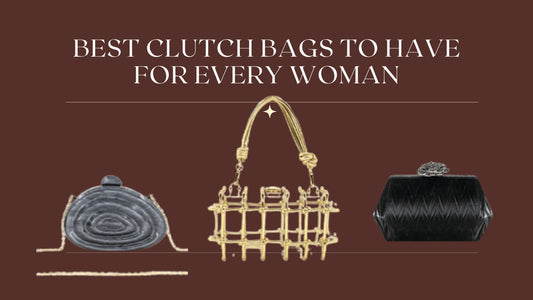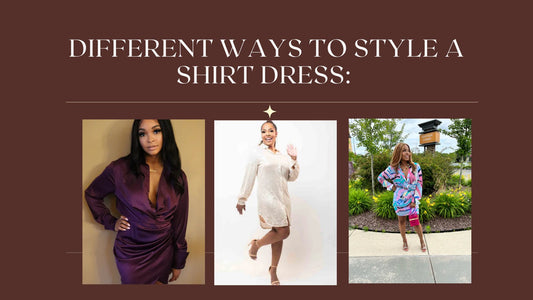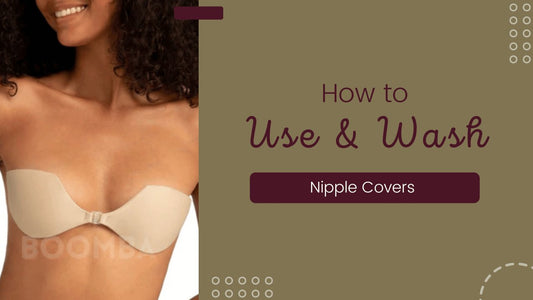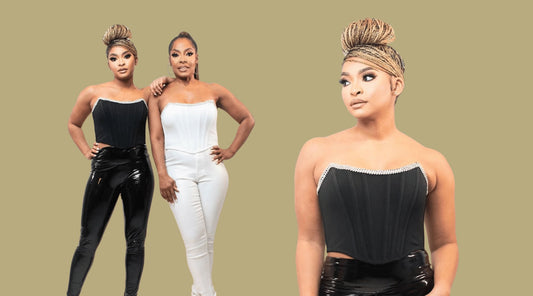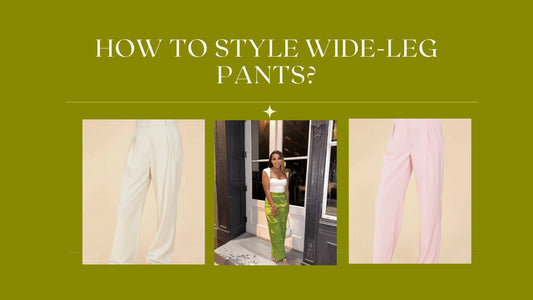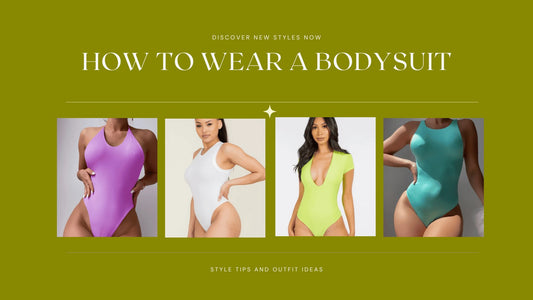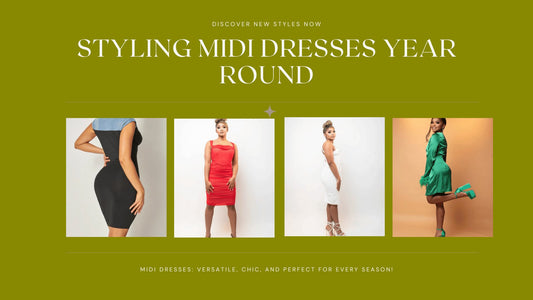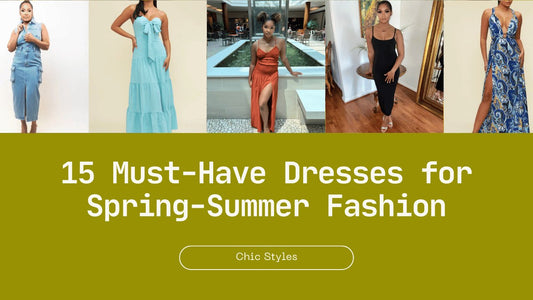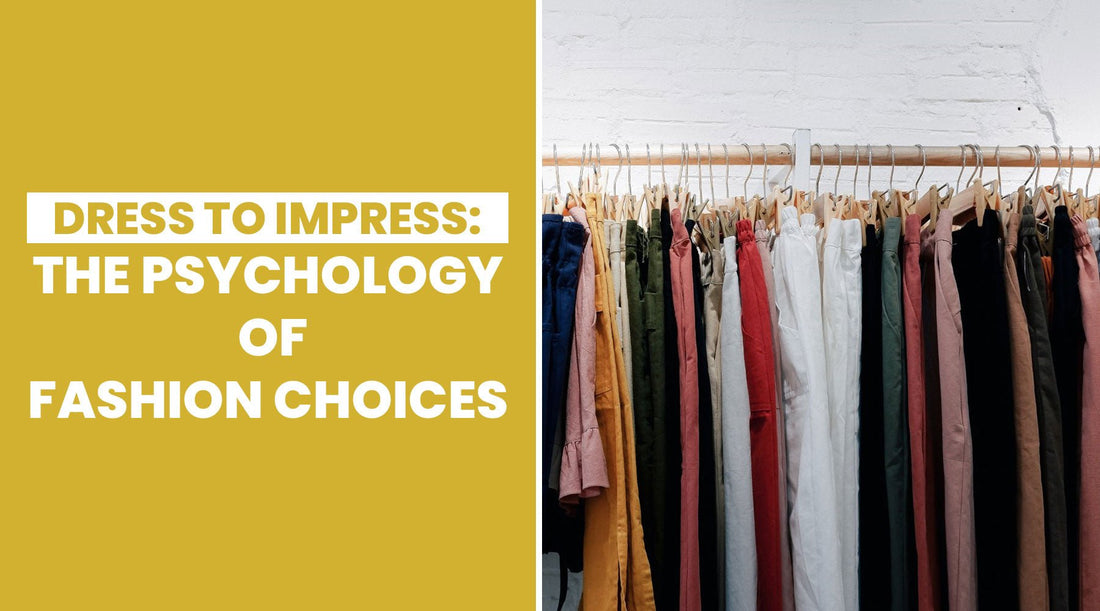
Dress to Impress: The Psychology of Fashion Choices
In our daily lives, the clothes we choose to wear play a pivotal role in conveying messages about who we are and what we stand for.
Fashion is more than just fabric and style; it's a language, a form of self-expression, and a subtle way of communicating our identity.
In this blog, we'll go through the psychology behind our fashion choices and explore how clothing serves as a powerful means of non-verbal communication.
Why Clothes Matter: What Your Wardrobe Says About You
Clothing is a medium through which we express ourselves, tell stories, and communicate our beliefs. Psychologists and researchers have long been intrigued by the connection between clothing and perception, recognizing that what we wear often influences the impressions we leave on others.
Self-Expression: Our choice of clothing is a canvas for self-expression. The colors, styles, and accessories we select speak volumes about our personality, values, and emotions.
A person adorned in vibrant, eclectic clothing may be signaling a creative, free-spirited nature, while someone in tailored suits and monochromatic colors might project professionalism and sophistication.
Non-Verbal Communication: Fashion is an integral part of non-verbal communication. In mere seconds, people form impressions about us based on our attire.
Whether it's the confidence exuded by a well-fitted suit or the approachability suggested by casual attire, clothing silently communicates messages that words often cannot.
Cultural Signifiers: Clothing often carries cultural, social, and economic cues. In many cultures, specific garments immediately identify a person's role or status.
Moreover, clothing can serve as an indicator of economic status, with luxury brands and designer labels often associated with affluence.
Adaptability: Fashion choices also reflect our ability to adapt to different situations and conform to societal norms. Dressing appropriately for various occasions demonstrates an understanding of etiquette and a willingness to respect the context.
Dressing to Impress?
Dressing to impress is not just about getting dolled up for special events. It's a nuanced approach to clothing that involves selecting your attire thoughtfully to align with the context and your objectives. Let's look into the ways you can dress to create a memorable impression in various scenarios.
What to Wear: Our Color Guide
Colors wield significant influence over the messages we convey through clothing. Different colors evoke distinct emotions and associations, making them an essential consideration when crafting your outfits. Here's a quick guide to colors and their psychological connotations:
Red: Often associated with passion, energy, and confidence, red can make you appear assertive and dynamic.
Blue: Conveys trust, stability, and reliability, making it a great choice for professional settings.
Green: Linked to nature, growth, and tranquility, green can help you appear approachable and calm.
Yellow: A color of optimism and happiness, yellow can make you seem cheerful and friendly.
Black: Signifying sophistication and power, black can give you an air of authority.
White: Represents purity and simplicity, conveying a sense of cleanliness and clarity.
How to Be Seen as More Formal
Appearing formal and professional requires specific considerations in your attire:
Choose Classic Colors: Stick to a palette of blacks, grays, and navy blues for a timeless and professional look.
Tailored Fits: Opt for well-fitted clothing that exudes elegance, precision, and attention to detail.
Minimal Accessories: Keep accessories understated, such as a single piece of jewelry or a well-crafted belt to maintain a polished appearance.
Footwear: Select closed-toe shoes in neutral colors to complete your formal ensemble.
How to Be Seen as More Casual
For a casual and approachable look, consider these tips:
Earth Tones: Opt for clothing in warm, earthy colors like brown, olive, or tan, which convey an easygoing and down-to-earth vibe.
Loose Fits: Prioritize relaxed and comfortable clothing styles, avoiding overly structured or constricting garments.
Accessories: Feel free to experiment with accessories, like hats, scarves, or sunglasses, to infuse your casual outfit with personality.
Footwear: Sneakers, sandals, or casual shoes are ideal choices for a laid-back and approachable appearance.
How to Be Seen as More Edgy
To express your edgier side through fashion, consider these strategies:
Dark and Bold Colors: Embrace darker and bolder shades like deep purple, dark green, or black to create an edgy, eye-catching look.
Unique Styles: Incorporate unconventional, avant-garde pieces into your outfit, making a bold and unconventional statement.
Statement Accessories: Edgy fashion often involves eye-catching accessories, such as chunky jewelry, leather accents, or distinctive headgear.
Footwear: Boots, platform shoes, or unconventional footwear choices can add an edgy twist to your ensemble.
How to Be Seen as More Professional
Projecting a professional image requires careful wardrobe choices:
Suit Up: Choose well-tailored suits in classic colors such as black, navy, or gray to convey a polished, professional image.
Neutrals: Opt for neutral colors to exude a sense of timelessness and sophistication, emphasizing your professionalism.
High-Quality Accessories: Invest in quality accessories like a sophisticated watch, fine leather bag, or elegant cufflinks to complete your professional look.
Polished Shoes: Select elegant and polished shoes in black or brown, ensuring they are well-maintained to complement your professional attire.
How to Be Seen as More Attractive
Crafting an attractive appearance involves a blend of style and confidence:
Flattering Silhouettes: Choose clothing that complements your body shape and accentuates your best features to create an attractive and confident look.
Bold but Classy: Experiment with fashion trends while maintaining an air of elegance and sophistication, striking a balance between boldness and refinement.
Confidence: Above all, confidence is attractive. Wear your chosen outfit with pride, as self-assuredness can be incredibly appealing.
Grooming: Don't overlook grooming. Pay attention to your hair, skincare, and personal hygiene, as these factors significantly contribute to your overall attractiveness.
Some Other Fashion Tips
Consider these additional fashion tips to enhance your style:
Know Your Audience: Keep in mind the expectations and preferences of the people you'll be interacting with in a given setting. Tailoring your attire to the audience can help you make a more effective impression.
Quality Over Quantity: Invest in high-quality, timeless pieces that are designed to last. A few well-chosen items can often have more impact than a multitude of lower-quality options.
Wardrobe Confidence: Confidence can elevate any outfit. Believe in what you're wearing, as your self-assuredness will radiate through your clothing.
Experiment: Don't be afraid to experiment with your style. Fashion is a form of self-expression, and it's perfectly fine to evolve and explore new looks.
Personal Style: Develop your unique style—one that reflects your personality, values, and preferences. Your style is a powerful way to tell the world who you are.
Why Choose FLYVSJ?
At FLYVSJ, we understand the intricate psychology behind fashion choices, and we offer a curated selection of clothing to cater to various style preferences. We believe that fashion is a form of self-expression, and our collections are designed to help you make a statement, whether it's in a formal, casual, or edgy context.
Frequently Asked Questions
What is the Psychology Behind Dressing to Impress?
Dressing to impress involves using clothing to communicate a specific message or image. The psychology lies in how our clothing choices influence the way others perceive us.
What is the Dress Code "Dress to Impress"?
The dress code "Dress to Impress" varies depending on the occasion. It generally means dressing in a way that leaves a positive and memorable impression, whether it's for a job interview, a social event, or a date. It often involves wearing clothing that is appropriate for the context and enhances your self-presentation.
Does Dressing Nice Attract Girls?
While dressing nicely can make a positive impression, attracting someone is a more complex process. Attractiveness goes beyond clothing and involves personality, interests, and how you interact.
What Are the 4 Fashion Personalities?
Fashion personalities categorize people based on their clothing choices and style preferences. The four main fashion personalities are Classic, Romantic, Dramatic, and Natural.
What Style is Most Attractive to Girls?
The style most attractive to girls varies widely depending on individual preferences. What's most important is authenticity and confidence in your style. Attractiveness is subjective, and being true to your personal style can be very appealing to others.
In conclusion, fashion choices are a means of expression and communication. Your clothing is a canvas to convey your identity and values to the world. Understanding the psychology behind fashion choices empowers you to make deliberate and meaningful statements through your clothing. So, dress to impress, but most importantly, dress to be you.

